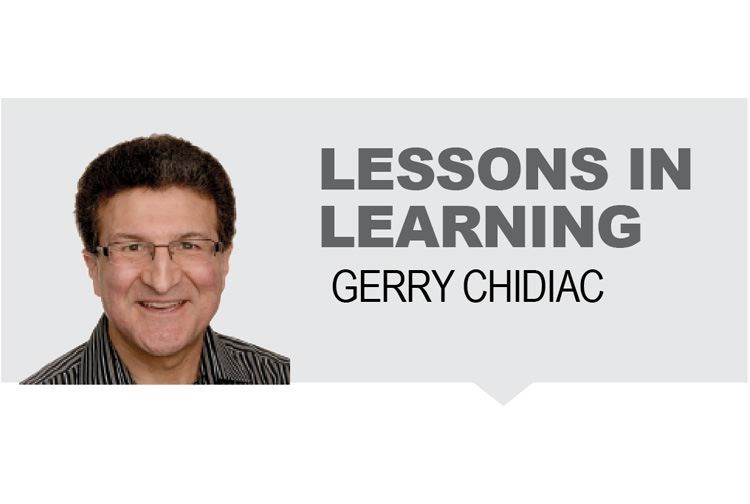The recent discovery of the bodies of 215 children at the Kamloops Residential School is tragic, but not at all surprising.
In 1907, Medical Inspector Dr. Peter Bryce provided a report to the Department of Indian Affairs regarding the horrendous health conditions at residential schools across Canada which resulted in up to 75 per cent of the children dying of tuberculosis. The Canadian government chose to do nothing, thus knowingly and intentionally killing Indigenous children, meeting the requirements of the 1948 United Nations definition of the crime of genocide.
It should be added that tuberculosis was only one of many lethal dangers these children faced. The call to examine the sites of other residential schools across Canada for unmarked gravesites is not only reasonable, it is a necessary part of our national healing process.
What struck me as well about the discovery in Kamloops was my personal connection to it. A man whom I consider a dear friend and mentor was the principal of this school in the 1940s.
Fergus O’Grady became bishop of the Catholic Diocese of Prince George in 1956 and recruited thousands of volunteers, called Frontier Apostles, from all over the world to work for him. I was one of these people, teaching at a Catholic school in Prince George from 1985 to 1987.
O’Grady was seen as a builder and an innovator. In 1986, he was given an honorary doctorate from the University of British Columbia. Today there is a street that bears his name in Prince George, and another with his spiritual motto, Domano, an abbreviation of Domine Mane Nobiscum, Oh Lord remain with us.
With the revelation in Kamloops, there are calls to rescind his honorary degree and rename these streets.
While that may be necessary to take these steps in the future, the more immediate and important task is to discover the truth behind Fergus O’Grady.
In his book Man’s Search For Meaning, Holocaust survivor and renowned psychologist Viktor Frankl tells us: “There are two races of men in this world, but only these two – the ‘race’ of decent man and the ‘race’ of indecent man. Both are found everywhere…. Is it surprising that in those (depths of the human soul) we again found only human qualities which in their very nature were a mixture of good and evil?”
Could we expect Fergus O’Grady to be any different? He was adored all over northern British Columbia when he was alive and, when he died in 1998, his funeral was one of the largest ever held in Prince George.
He often said: “When I first became bishop, I traveled all around the diocese asking the people what they wanted. They all told me they wanted schools, so I figured out a way to build them schools.”
One of the most accessible books on Indigenous history in Northern BC is Stoney Creek Woman, the story of Dakelh elder Mary John. She was born in 1913 and survived the notorious Lejac Residential School. She points out how her community was always petitioning the government for a day school. O’Grady found creative ways to construct and run such schools all over the diocese. John was also hired to teach Dakelh language and culture at nearby St. Joseph’s School in Vanderhoof, an idea that was considered very progressive in the 1970s.
But what skeletons does Fergus O’Grady have in his closet? A thorough study of Catholic archives, many of which have been stored in Rome to make them inaccessible to Canadian researchers, is required. It is also necessary to talk to Indigenous community members who are familiar with O’Grady and his legacy.
The truth may make us uncomfortable, but it is a vital part of the reconciliation process we need to go through to heal our communities and our nation of the wounds caused by our cruelty, ignorance and ethnocentrism.
May this truth be the legacy we leave for future generations.



